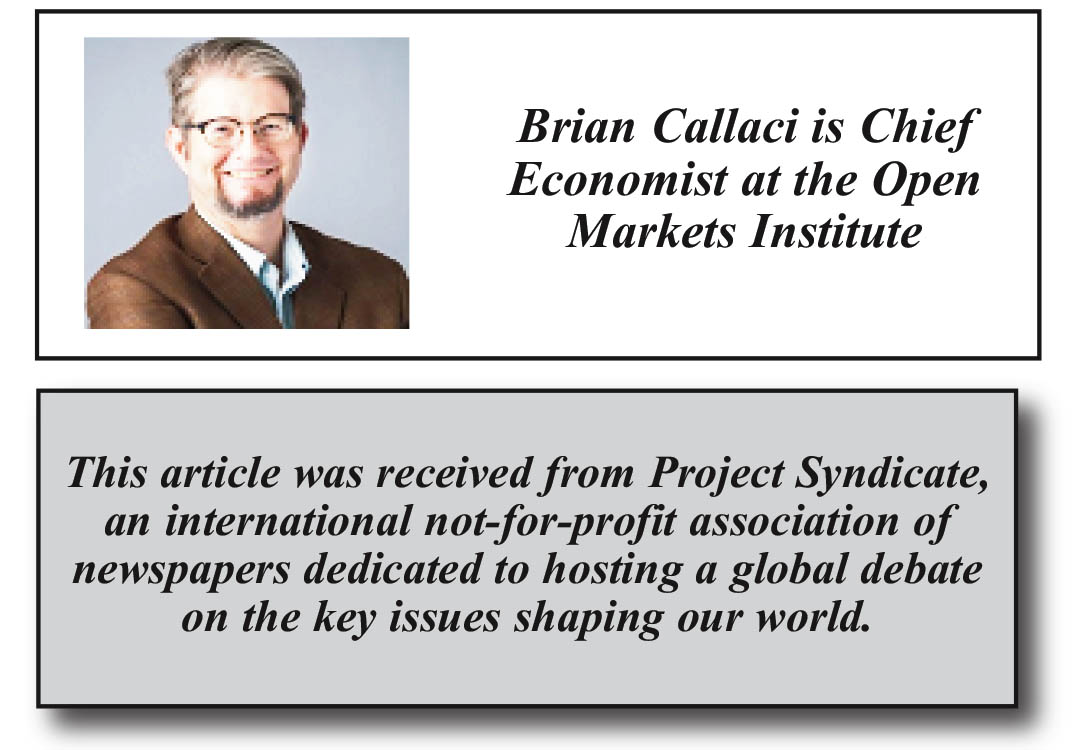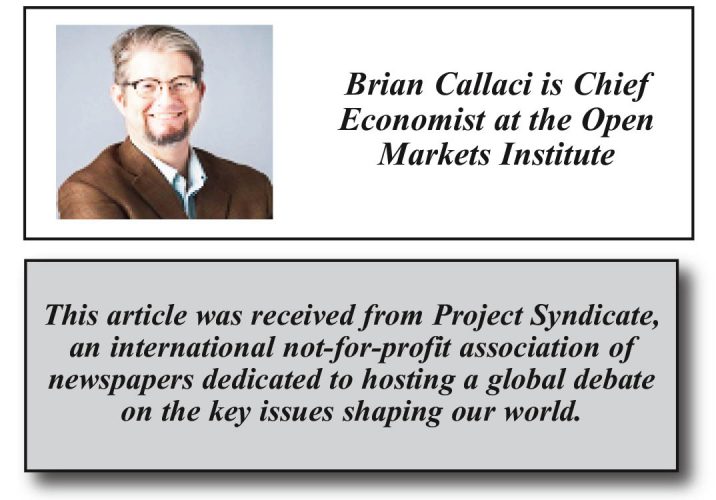WASHINGTON, DC – In late February, the US Federal Trade Commission dropped its attempt to block Meta’s acquisition of the virtual-reality company Within. The decision followed a US federal district court decision rejecting the FTC’s claim that, by depriving the market for VR fitness-apps of a potential entrant, the merger would be likely to reduce competition substantially.
In a mixed outcome for the FTC, the court accepted Meta’s argument that it would not have developed its own fitness app had it not acquired Within. But the court also upheld the viability of the theory of harm underlying the FTC suit, thus opening the door for the agency to base future cases on the potential-entrant doctrine.
In applying this doctrine, the courts assess whether a particular merger is likely to harm consumers or suppliers. While such inquiries are fact-intensive and quite narrow, they have broader implications for US policy. By upholding the validity of the inquiries, the court handed the FTC a victory and potentially ushered in a wave of future antitrust lawsuits against acquisitions by dominant firms.
The history of US antitrust policy illustrates the economic benefits of strict merger review. From roughly 1945 to 1980, the United States all but outlawed horizontal and vertical acquisitions by dominant corporations. As it turned out, the virtual ban on mergers made it harder for corporations to acquire existing assets and capabilities from other firms, forcing them to devote resources to new investments, research, and product development. By channeling business activity toward creating new productive capacity and employment, rather than toward consolidation, antitrust agencies helped propel the entire US economy.
In 1959, near the peak of US antitrust enforcement, the economist Edith Penrose wrote an influential book, The Theory of the Growth of the Firm, which praised the long-term planning capabilities of large firms run by professional managers and rejected the neoclassical theory of optimally efficient firm size. Eschewing the single-plant, single-product cost curves of neoclassical textbooks, Penrose viewed corporations as rich social organizations endowed with unique organizational capabilities. She was not worried about firms growing too big; instead, she focused on how they grew. And as growth through new investment and new products benefited the whole economy, Penrose saw companies’ expansion into new products and markets as an advantageous, healthy process.
Penrose could not have known that the beneficial corporate growth she observed was a product of the extraordinary institutional arrangements of the postwar American economy, which ruled out virtually any other use for corporate profits but reinvesting them. With marginal tax rates on incomes at confiscatory levels, corporate boards had no reason to hand out excessive pay packages. Moreover, share buybacks were effectively illegal, and growth through vertical and horizontal acquisitions was virtually impossible for large firms.
But all that changed in the 1980s. One major change was the legalization of share buybacks. Much of the recent discussion about corporate waste and Wall Street’s looting of the US industrial base has rightly focused on the doctrine of shareholder primacy. As William Lazonick has argued, the shareholder value revolution represented a shift away from the “retain and reinvest” corporate governance model of the high-growth postwar era to the “downsize and distribute” model of our less-prosperous neoliberal age. As a result, corporate executives increasingly used share buybacks to enrich themselves and other shareholders, at the expense of their firms’ productive and innovative capacity.
A second change was the decline in merger enforcement, initiated by President Ronald Reagan’s Department of Justice. The neoliberal era has arguably been characterized as much by corporate empire-building through acquisitions as by downsizing. While the increase in mergers and acquisitions since the 1980s has enriched bankers, white-shoe law firms, and shareholders, it has failed to improve the US corporate sector’s economic performance.
By now, it has become abundantly clear that allowing executives to treat business organizations as bundles of tradable assets has not yielded the hoped-for synergies and efficiency gains that were supposed to arise from relaxing merger rules. A 2016 study of manufacturing mergers found that consolidation has led to higher markups but did not improve plant and firm productivity. Studies of other sectors have shown similar results.
Together with high marginal tax rates and restrictions on share buybacks, the strict merger policy of the mid-twentieth century forced firms to innovate rather than acquire, enabling them to discover new capabilities they had not realized they possessed. For example, when Bethlehem Steel was blocked from acquiring Youngstown Sheet & Tube in 1958, it reluctantly did what it had previously said was impossible and built a new, state-of-the-art steel mill in Indiana – the first of its kind in the US.
Before the 1980s, US antitrust enforcement discouraged acquisition as a corporate growth strategy. The DOJ’s 1968 merger guidelines stated that “where substantial economies [of scale] are potentially available to a firm, they can normally be realized through internal expansion.” To be sure, the 1968 guidelines were not perfect; while they effectively blocked horizontal and vertical mergers, they generally ignored conglomerate mergers, a loophole that helped fuel the conglomeration wave of the 1960s and 1970s. But the guidelines did recognize the opportunity cost of corporate acquisitions.
The US is in the midst of a new, historic merger wave. The latest Hart Scott Rodino Premerger Notification report, which alerts the antitrust agencies to deals that could harm competition, shows that a record-breaking 3,520 transactions were reported to the DOJ and the FTC during the 2021 fiscal year, more than twice the number reported in the previous year. As both agencies are currently rewriting their merger guidelines, they would do well to look to the 1968 framework for inspiration.
Combined with securities law and corporate-governance reforms, a robust anti-merger policy could foster inclusive, broadly shared growth and prosperity. By forcing corporations to innovate rather than consolidate, the US has an opportunity to put the corporate sector back on the path to Penrosian growth, to the benefit of all Americans.
Copyright: Project Syndicate, 2023.


